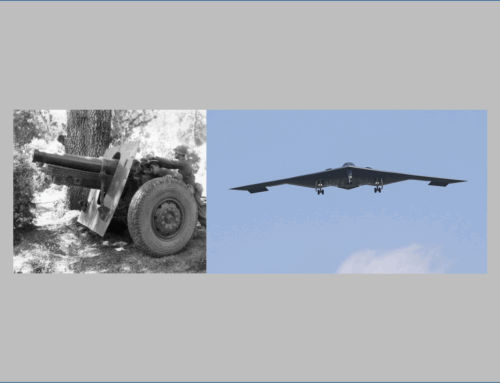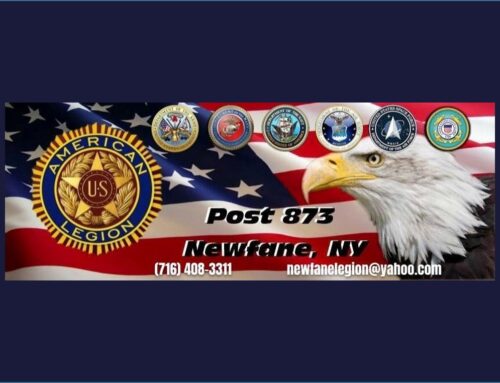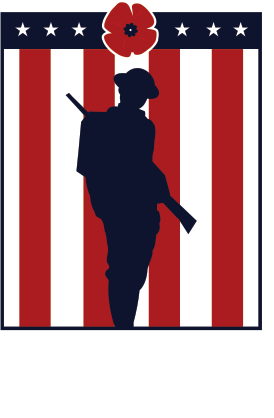Moving for Education: Living Near WWI Museums and Archives
Published: 1 December 2024
By Emily Carter
Special to the Doughboy Foundation website

Moving for Education Living Near WWI Museums and Archives
Tombstone of an American World War 1 soldier from California.
Relocating for education is an opportunity to enhance your academic and cultural horizons. For history enthusiasts and researchers living near World War I (WWI) museums and archives in the United States offer direct access to invaluable resources. These institutions house extensive collections of artifacts, documents, and interactive exhibits that bring history to life. Proximity to these sites provides access to unique educational programs, including workshops, special lectures, and rare archival materials. Whether you’re a student aiming to deepen your knowledge or a researcher conducting specialized studies, moving for education near these landmarks can provide unmatched learning experiences. It also allows you to immerse yourself in the historical significance of World War I while benefiting from networking opportunities with experts and academics. By relocating to cities with these institutions, you can access hands-on learning and meaningful engagement with history beyond traditional classrooms.
Why Move for Education?
Relocating for education provides access to specialized resources that elevate learning experiences. Living near WWI museums offers unique opportunities to engage directly with history. These museums and archives provide experiential learning that complements traditional academic methods. For example, students can attend guided tours, workshops, and lectures by historians. Researchers benefit from access to rare collections that support academic projects. Proximity also means frequent visits to exhibits and participation in educational programs that would otherwise require extensive travel. Additionally, many museums collaborate with universities to provide internships, coursework, and networking opportunities. These collaborations open pathways for academic growth and career development in fields like history, museum studies, and archival research. Moving for education isn’t just about physical relocation; it’s about connecting deeply with resources that enrich your learning journey.

Moving for education gives you access that enhances historical studies. Alt text: Word Study was written with dice on a wooden table.
Top U.S. WWI Museums and Archives to Consider
The United States has numerous WWI museums and archives offering unparalleled learning and research resources.
National WWI Museum and Memorial (Kansas City, Missouri)
The National WWI Museum and Memorial is the premier institution for World War I history in the U.S. It features interactive exhibits, rare artifacts, and a vast archive of documents. Living in Kansas City provides access to this world-class facility and its educational programs. The museum hosts workshops, research sessions, and public lectures that cater to history enthusiasts. Kansas City also offers an affordable cost of living and a welcoming community for students and researchers.
MacArthur Memorial Archives (Norfolk, Virginia)
The MacArthur Memorial in Norfolk houses extensive WWI collections, including personal papers, photographs, and military records. It is a treasure trove for researchers and history lovers. Norfolk is a vibrant city with rich cultural and academic resources, making it an excellent place to live and learn.
Hoover Institution Library & Archives (Stanford, California)
The Hoover Institution Library & Archives is located at Stanford University and offers exceptional WWI research materials. Living near Stanford provides access to these resources and a thriving academic environment. The Bay Area’s diverse opportunities make it a top choice for historians.
Other Notable Locations
Smaller WWI collections, like those at the Smithsonian’s National Museum of American History in Washington, D.C., also provide valuable resources.
Educational Benefits of Living Near WWI Museums
Living near WWI museums provides educational advantages that go beyond traditional classroom settings. Proximity allows for regular visits to exhibits, giving students and researchers hands-on exposure to history. Many institutions offer internships and volunteer roles that teach curating, archival research, and public engagement skills. These opportunities connect you with historians, archivists, and educators, expanding your academic and professional network. Museums also collaborate with universities to develop unique learning opportunities. Students can attend lectures, join museum-hosted workshops, and access coursework tied to museum collections. Archives provide researchers with primary sources like letters, photographs, and official documents. These resources are invaluable for academic projects, publications, and thesis work. By living near these institutions, you gain consistent access to these opportunities, allowing for deeper immersion in WWI history. This proximity transforms passive learning into active engagement, offering an enriched experience combining academic rigor and practical application.
Lifestyle Considerations When Moving
Moving to be near WWI museums and archives involves more than choosing an educational resource. Lifestyle factors play a significant role in making this decision. Start by evaluating the cost of living in your chosen city. Kansas City and Norfolk offer affordable housing, making them attractive options for students and researchers. On the other hand, areas like California’s Bay Area may require a higher budget. Transportation is another important consideration. Living close to museums and archives reduces commute times and travel expenses. Public transit systems in cities like Washington, D.C., can simplify access to institutions. Additionally, explore neighborhoods that offer amenities like libraries, cafes, and study spaces to enhance your daily routine. Social and cultural activities, such as local history tours and museum events, add to the quality of life in these cities. Balancing educational goals with lifestyle needs ensures a rewarding relocation experience.
Challenges of Moving for Education and How to Overcome Them
Relocating for educational purposes often comes with logistical and financial challenges. Moving costs, including transportation and housing, can be significant. To manage expenses, consider shared accommodation or student housing options. Research local housing markets to find affordable and convenient neighborhoods near the museums or archives. Adjusting to a new city can also be intimidating. Before the move, familiarize yourself with the local culture, transportation options, and community resources. Online forums and social media groups can provide valuable insights from current residents. Funding educational pursuits is another common concern. Look into grants, scholarships, and museum programs that offer financial support for students and researchers. Internships and volunteer roles at museums can also offset costs while providing valuable learning experiences. Planning ahead and staying organized can help you navigate these challenges, making the relocation process smoother and more rewarding.

To manage some of the moving expenses, you should consider shared accommodation or student housing options.
Caption: To manage some of the moving expenses, you should consider shared accommodation or student housing options. Alt text: Woman in a brown and white sweater counting money, a notebook, and a pen on the table.
Moving for Education: Making the Most of It
Relocating to live near WWI museums and archives offers numerous opportunities to enhance your academic and personal growth. Start by immersing yourself in the local history through museum visits, lectures, and community events. Museums often host programs that allow attendees to interact with historians and researchers. Volunteering at a museum or archive provides hands-on experience and helps build professional connections. Explore additional resources like online databases and university partnerships to complement your learning. Networking is also key—engaging with academic and local history groups to broaden opportunities. Living in a city with rich historical resources allows for an in-depth understanding of WWI’s impact. This experience is not just about learning facts; it’s about connecting with history on a deeper level.
In Conclusion
Relocating near WWI museums and archives offers a unique academic and cultural enrichment blend. Moving for education in this context opens doors to unparalleled learning experiences, whether through internships, workshops, or access to rare historical collections. It allows you to explore the profound impact of World War I while gaining valuable personal and professional skills. This move is an investment in your academic journey and a chance to connect with like-minded individuals who share a passion for history. Start planning today to make the most of this opportunity to enhance your education and immerse yourself in the past.
Emily Carter is a freelance writer and history enthusiast with a background in logistics and relocation. She previously worked at Peasley Transfer & Storage, where she gained firsthand experience helping families and students relocate for education and career opportunities. Emily combines her love for historical research with practical relocation insights to deliver engaging and informative content.
External Web Site Notice: This page contains information directly presented from an external source. The terms and conditions of this page may not be the same as those of this website. Click here to read the full disclaimer notice for external web sites. Thank you.




